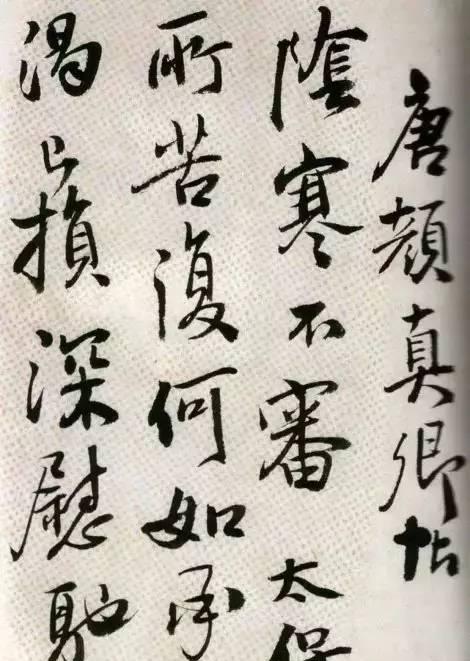Wang Duo (1592-1652), courtesy name Juesi (之), was a native of Hongdong County, Pingyang Province (present-day Hongdong County, Shanxi Province). He was a minister, calligrapher and painter in the late Ming and early Qing dynasties, and the son of Wang Benren. As Li Zhimin commented: "Wang Duo's cursive writing is indulgent, unrestrained, vertical and horizontal, and deep in bone."
In the second year of the Apocalypse (1622), he was admitted as a jinshi in the examination, and was elected as a Shujishi, and successively served as the Crown Prince's Left Shude, the Crown Prince's Right Shuzi, the Crown Prince Zhan Shi, and the Nanjing Rebbe Shangshu. The Hongguang regime was established and he became a member of the Tokaku University. In the first year of Shunzhi (1644), he followed Qian Qianyi to surrender to the Qing Dynasty, and was awarded the Title of Shangshu of the Ministry of Rites, a scholar of the Hongwen Academy, and a prince Shaobao. In the ninth year of Shunzhi (1652), he died of illness at the age of sixty-one and was buried in Gongyi County, Henan Province, along the Luohe River.
Good at calligraphy, with Dong Qichang's name, known as "Southern Dong Northern King". Calligraphy works include "Quasi-Mountain Garden Thesis" and "Langhuaguan Thesis". Paintings include "Snow Scene Bamboo Stone Diagram" and so on. In calligraphy, Wang Duo is a calligraphy all-rounder with various abilities and diverse styles. Whether it is the mighty big letter, the tall and simple small letter, or his soaring cursive writing, it should be said to be first-class in the late Ming Dynasty. The main book is rare in Wang Duo's works, originating from the Tang Dynasty and being able to come out of his own mind.

Wang Duogongzhen, Xing, and Cursive, thanks to Zhong Xuan, Wang Xianzhi, Yan Zhenqing, and Mi Fu, are strong in pen and strong in layout. Liang commented that "the book has to be written, learn the Minang Palace, the old and strong, all with strength to win." The Qing Jiang Shaoshu "History of Silent Poetry" says that "the cursive calligraphy Zong Shanyin father and son (Wang Xizhi, Wang Xianzhi), the main book out of Zhong Yuanchang, although the model Bell, Wang, can also come out of the chest." "There is actually the wind of the Northern Song Dynasty." At that time, Dong Qichang's style of calligraphy was popular in the book world, and Wang Duo, Together with Zodiac Zhou, Ni Yuanlu, Fu Shan and others, advocated taking the Fa Gaogu, which was a different story in the wind of the times. Recent times have had a great influence on Japanese calligraphy.
In the eight or nine years after Wang Duo's surrender, the style of writing became more mature and old, and his wild grass technique had been perfected. Calligraphy has become the psychological contradiction and loneliness of his "second subject", so the work has lost the strength and vigor of the Chongzhen Dynasty, and has turned into rationality and loneliness.
The graphics and text originate from the Network, if there is infringement, please contact to delete!